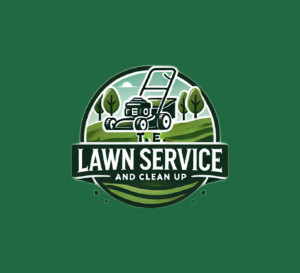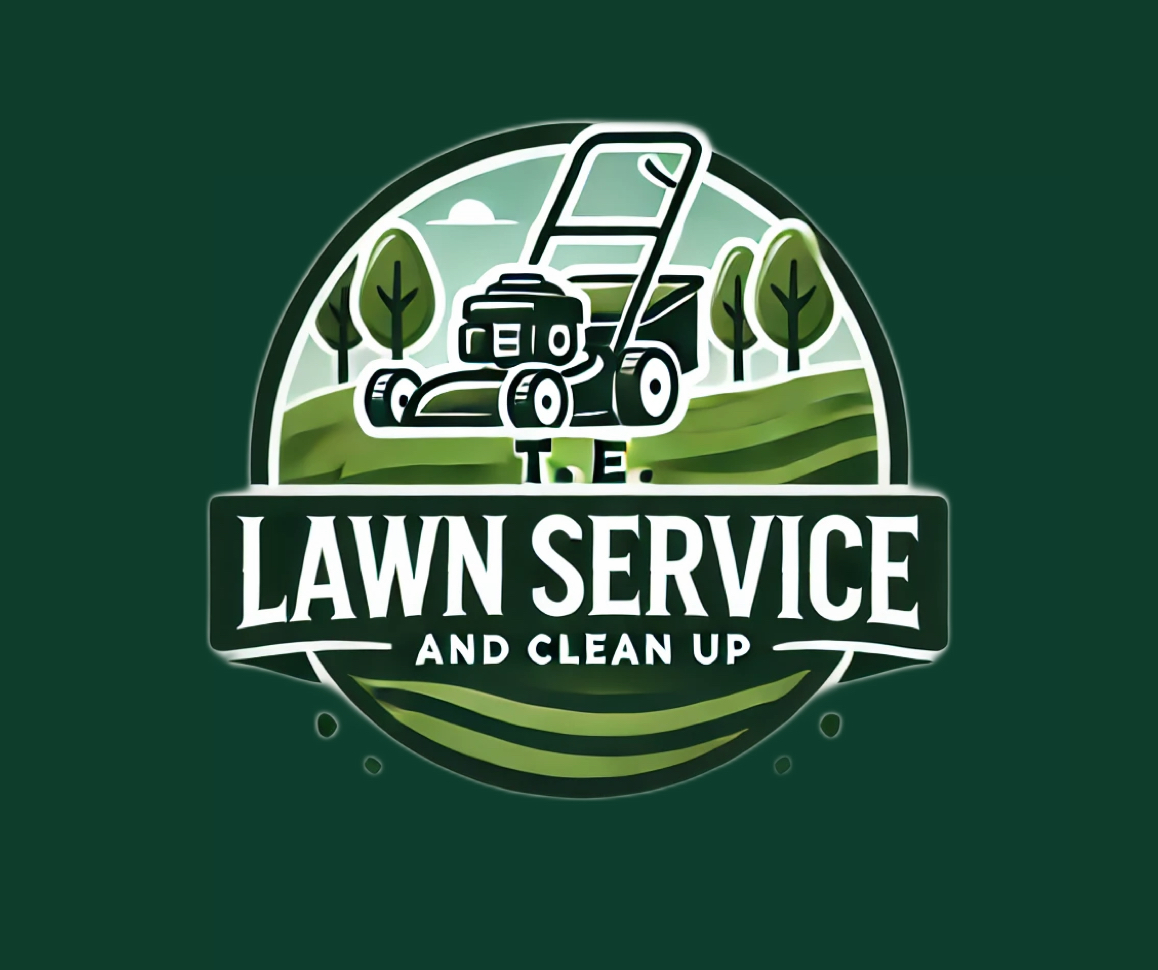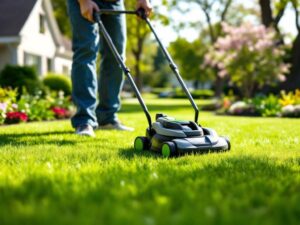Storms in Atlanta can arrive quickly and leave behind a trail of damage. From fallen branches and scattered debris to waterlogged lawns, storm aftermath can be overwhelming for homeowners. Cleaning up your yard safely and effectively is essential not only for restoring your property’s appearance but also for preventing long-term damage to your lawn, trees, and landscaping.
At TE Lawn Service and Clean Up, we know how stressful post-storm yard work can be. With the right strategy, you can handle much of the cleanup yourself while keeping your property safe. This guide walks you through step by step methods for storm cleanup and explains when it is best to call in professionals.
Why Storm Cleanup Matters in Atlanta
Storms bring more than just inconvenience. Ignoring cleanup can cause lasting problems such as:
- Lawns suffocated by piles of debris
- Trees weakened by broken or hanging branches
- Flooding and soil erosion from clogged drains
- Increased risk of pests in standing water or fallen leaves
By addressing storm damage promptly, you protect both your property value and your family’s safety.
Step 1: Put Safety First
Safety is the most important consideration after any storm. Before you begin cleaning up, walk through your yard carefully and look for hazards.
- Stay away from downed power lines and report them to Georgia Power immediately.
- Avoid wading into standing water since it may conceal sharp objects or electrical risks.
- Watch for unstable trees or hanging limbs that could fall without warning.
- Wear gloves, sturdy boots, and safety glasses when handling debris.
If you are unsure about the stability of a tree or the presence of electrical hazards, do not take risks. Wait for professionals to assess the situation.
Step 2: Clear Branches and Large Debris
The most obvious storm damage often comes from fallen branches and tree limbs. Begin by removing manageable pieces from your lawn and landscape beds.
- Use a handsaw or pruning shears for smaller branches.
- Stack branches neatly at the curb if your neighborhood provides yard waste pickup.
- For larger limbs, cut them into smaller sections before moving to avoid injury.
Never attempt to remove large branches entangled in power lines or resting on your roof. These situations require professional tree service.
Step 3: Rake and Bag Smaller Debris
After clearing larger branches, the next step is removing smaller debris such as leaves, twigs, and bark. Raking prevents your lawn from suffocating and keeps pests from nesting in the debris.
Tips for efficient raking and bagging:
- Work in sections starting from the edges of your lawn.
- Rake leaves and small debris into narrow piles.
- Bag the material in paper or plastic yard bags approved for Atlanta sanitation services.
- Do not overfill bags since heavy wet leaves can be difficult to move.
Weekly curbside pickup is often available, but check your local schedule for yard waste collection.
Step 4: Check Your Lawn for Water Damage
Heavy rainfall and flooding are common in Atlanta storms. Standing water can drown grass roots, while erosion can strip away soil and nutrients.
- Look for puddles or soggy patches in your yard.
- Use a rake to break up thatch and allow better air circulation.
- Add sand or soil to level out low spots that collect water.
- Aerate compacted areas to help grass recover.
If flooding has been severe, professional lawn care may be needed to restore proper drainage and prevent future issues.
Step 5: Inspect and Prune Trees and Shrubs
Storms often leave behind broken limbs or damaged shrubs. Pruning helps plants recover and prevents disease from entering through torn branches.
- Remove broken or splintered branches with clean cuts.
- Trim back any branches leaning onto walkways or your home.
- Avoid removing more than one third of a tree’s canopy at once.
For large trees or high branches, hire a certified arborist. Attempting to prune heavy limbs without the right equipment is dangerous.
Step 6: Clean Gutters and Outdoor Drains
Clogged gutters and drains are a common side effect of storms. Leaves, twigs, and other debris block water flow and cause overflow that can damage your foundation.
- Remove leaves and sticks from gutters by hand or with a scoop.
- Flush downspouts with a hose to clear blockages.
- Check that water is draining away from your home.
Regular gutter cleaning after storms helps protect your property from costly water damage.
Step 7: Reuse or Recycle Yard Debris
Not all storm debris has to be thrown away. With a little creativity, you can reuse yard waste in practical and eco-friendly ways.
- Shred branches and leaves for mulch to spread around garden beds.
- Add leaves to a compost pile for rich organic material.
- Use larger branches as natural edging for walkways or flower beds.
By recycling storm debris, you reduce waste while improving the health of your yard.
Step 8: Repair and Restore Damaged Lawn Areas
Storms can leave behind bare spots where grass has been torn up by water or debris. Reseeding or laying sod helps restore these areas.
- For cool-season Fescue, overseed in early fall or early spring.
- For warm-season Bermuda or Zoysia, reseed or patch with sod once soil temperatures rise.
- Apply a starter fertilizer and water consistently until new grass is established.
Pairing reseeding with aeration improves soil contact and speeds recovery.
Step 9: Prevent Future Damage
After cleaning up, take steps to minimize storm damage in the future. Preventative maintenance saves time and reduces risk.
- Trim trees regularly to remove weak or overhanging branches.
- Keep gutters and drains clear year-round.
- Improve lawn grading and drainage to avoid standing water.
- Secure patio furniture and outdoor equipment before major storms.
A well-maintained yard is more resilient and easier to restore after storms.
Step 10: Know When to Call TE Lawn Service
While DIY cleanup is possible for many Atlanta homeowners, storm damage can sometimes be too extensive to handle alone. TE Lawn Service and Clean Up provides professional storm cleanup services that ensure your property is restored quickly and safely.
Our services include:
- Leaf and debris removal
- Branch and tree limb clearing
- Lawn repair including aeration, seeding, and fertilization
- Gutter and drainage system cleanup
- Full property restoration tailored to Atlanta yards
Hiring professionals saves time, reduces stress, and ensures that your lawn and landscaping recover properly after severe weather.
Conclusion
Storms in Atlanta can be unpredictable, but your cleanup does not have to be. By following these steps, you can safely and effectively clear your yard, protect your lawn, and restore your property. From raking and bagging debris to pruning shrubs and checking drainage, each task contributes to a cleaner, healthier yard.
For homeowners who want expert results without the physical strain, TE Lawn Service and Clean Up is the trusted choice for storm cleanup in Atlanta. Our team combines local expertise with professional equipment to handle even the toughest jobs.
Contact TE Lawn Service today to schedule storm cleanup and give your yard the care it needs after severe weather.




